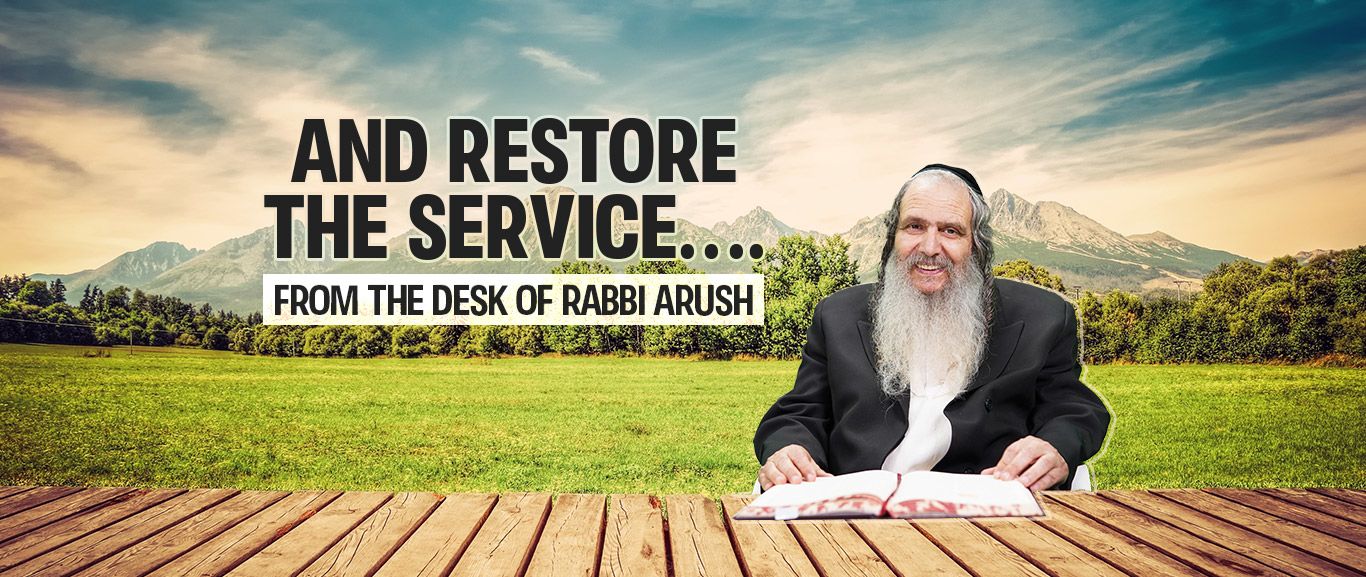
And Restore the Service…
We recently completed the days of mourning of the destruction of the Temple. We don't yearn for something that was and is no more. We don't dwell on the glorious past of our nation. We build the Third Temple! How do we do that?

Translated from Rabbi Arush’s feature article in the weekly Chut shel Chessed newsletter. The articles focus on his main message: “Loving others as yourself”.
From Illusion to Reality
I don’t like to dispel the sweet illusions of young bridegrooms, the dreams that fill them and make them feel so good. But I know that if we don’t want the sweet illusions to turn into a drawn-out nightmare, but rather, we do want those sweet illusions to become reality, I must reveal the truth about marriage.
A successful marriage is based not on love, and not on wonderful experiences, as powerful as they may be. A successful marriage is based on work, labor, and effort. Ask any married couple that manages to maintain a good and healthy relationship, a relationship of ahavah, achvah, shalom, and re’ut (love, brotherhood, peace, and friendship) for over ten years. True, it is pleasant work that pays well, and true, as time goes on one has much satisfaction from the labor and the effort in itself, but it is work, nonetheless. “Man is born for labor”, and “According to the pains, so is the reward.”
“Avodah” (meaning both ‘work’ and ‘service’) is a very big and general word, and it contains, of course, many aspects and details, but this is not the topic of my article. I wrote about it at length in my guides to shalom bayit (peace in the home). But for marital life to be successful, for the happiness to last for months and years, and for the home to fulfill its purpose of bringing down the Divine Presence and becoming a holy, safe, and healthy place to raise truly successful children that will be blessed and successful adults – one needs to learn a few more things. And the main thing, of course, is not only to learn, but to implement and live these things as well.
A home built without those foundations, the foundations of work – is a wrecked home. To those looking from the outside, it can look wonderful. It can look like a warm relationship and a vibrant love, a perfect reality. But people with even a touch of experience in life know that this is all temporary, external, very far from reality.
The question is not, will there be a breakup, but rather when, and how painful will it be.
Creating a Jewish home does not begin with the wedding, nor does it begin with the engagement and not even with the dating process. The construction of a home begins with a person’s education and correct guidance before it even comes into being. It begins with the understanding of what a home is and what are its foundations, with the proper focus on the home’s purpose.
Makom Shel Avodah – A Place of Work
And it is actually the same with home of the Jewish People, the Beit Mikdash (Temple).
The Beit Mikdash was a very beautiful place. The spiritual experiences there were extremely powerful, as described by Chazal. But when it was destroyed, the great Torah scholars of the time were not surprised. They well knew that the Temple was not destroyed at the moment of the destruction but was actually destroyed many years before that. “A destroyed house you destroyed,” Titus was told.
Because the deep meaning of the Beit Mikdash is a place of work and service. It is the place where all spiritual work of all types comes to a state of completeness and fulfillment. The world stands on three things, and one of them is “avodah”, meaning, of course, the service in the Beit Mikdash. When the home stops being a place of avodah, it loses its significance.
And, as Rabbi Nachman says, in the entire process of the days of mourning of the destruction of the Temple, we are not yearning for something that was and is no more; we are not dwelling on the glorious past of our nation; we are studying, learning the lessons, and building the Third Temple!
And how does one build the Third Temple? Not with wood and stone, and not with gold and silver, but by returning the service, the avodah, to the center of our lives.
When the avodah is the center of a person’s life, from his point of view the Temple already exists, and from that point we can go on to look deeply into the Beit Mikdash and understand what we must bring back into our lives in order to be considered the builders of the Third Temple.
Avodah is Prayer
First of all, the Temple is called a “House of Prayer”, “For My house will be called a house of prayer to all the nations.” (Isaiah 56:7) And the third leg on which the world stands, the leg of avodah – which we lack today, because we have no sacrifices – exists: The avodah the world stands on today is the avodah of tefilla – prayer. “And what is the service done in the heart? That is prayer.” And the prayers were established to mirror the Temple offerings.
From this we learn that building the Third Temple means to make the tefilla a central leg on which the world stands, and one on which our personal lives stand as well. Such prayers will not be an obligation, but, rather, an existential need. A person should look forward to prayer and relate to it with all due seriousness.
The prayers themselves include many aspects of the Temple service.
The various offerings included confession and repentance. That was the main part of the offerings. All the prophets rebuked the Jewish people about that. To bring a sacrifice and to honor Hashem in an external action, with the heart remaining distant from Hashem, without submitting to Hashem in one’s heart – that is despicable in Hashem’s eyes.
The main avodah was teshuva (repentance), vidui (confession), regret, submission in the face of the Creator, admitting the sin and recognizing human beings’ lack of worth compared to Hashem. In our prayers, too, repentance, request for forgiveness, confession, and surrendering to Hashem occupy a central position.
The offerings in the Temple included expressing gratitude to Hashem, songs and praises, as well. The sacrifices were brought while the Levi’im sang songs that awakened the heart and the soul to seek the Living G-d, to wish to rise above the material aspects of life to a life in which the desire for closeness to Hashem takes over the person, as one can see in Tehillim.
And in a person’s life, as well, the two most important forms of service are the singing and the expression of gratitude.
Gratitude expresses the deep connection with the Creator, the deep faith that everything comes from Him, and it is the foundation for a person’s tikkun (repair). Singing is the desire to always be close to Hashem, to be released from the bonds of the material. And therefore, on Shabbat, when we detach ourselves from the material world, we connect to the world of song and music.
We Are All Building Workers
Anyone with any sense understands that we have only touched very superficially on these points. One can expand on them endlessly. But my goal in mentioning these things is to bring these issues to the point of real, practical work, and not leave them as ideas.
Unfortunately, we do not always succeed in living the essence of prayer when we recite the written prayers – not the confession and not the gratitude, and not even asking for our needs, as one ought to do.
But with the personal prayers – the hitbodedut – one can express one’s gratitude to the Creator in the simplest language, coming directly from our hearts. In a personal conversation with the Creator, the request for forgiveness and the confession come from the most real place, in a simple flow.
And when the hitbodedut is done properly, the three formal prayers achieve their full significance as avodah shebalev – service of the heart.
We don’t just mourn the destruction, rather, we build the Beit Mikdash. And building the Beit Mikdash is the building of the prayer, a life of full service of Hashem.
May we see, soon, the rebuilding of our Beit Mikdash in all its glory.



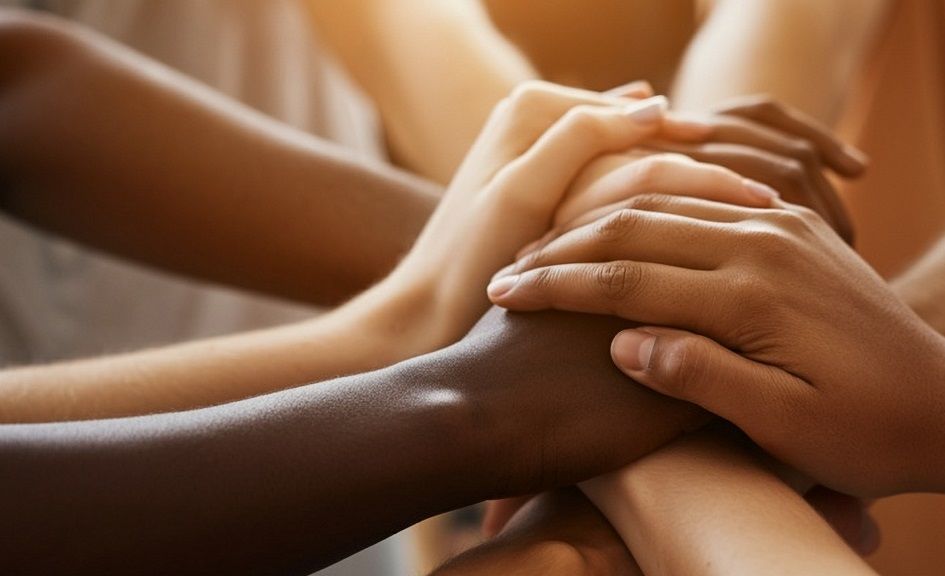
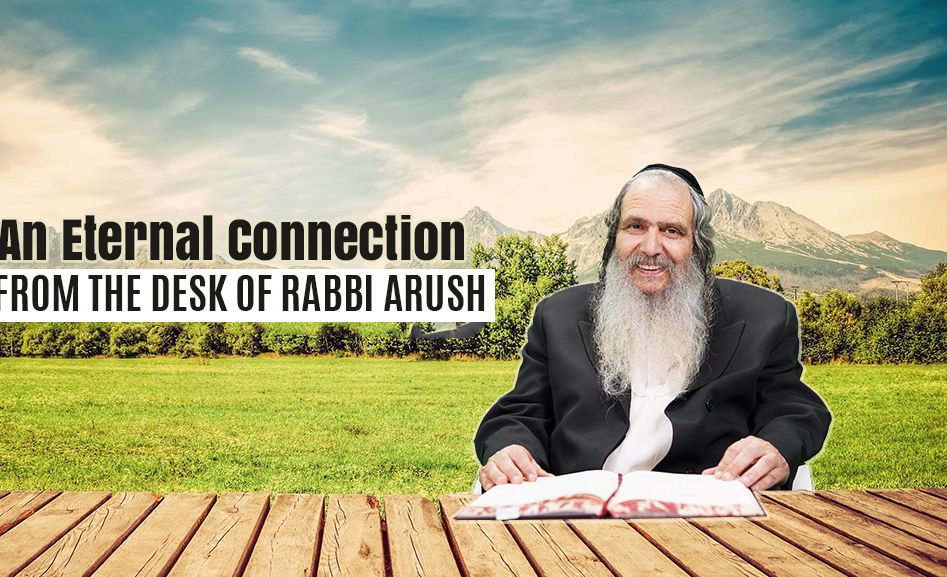

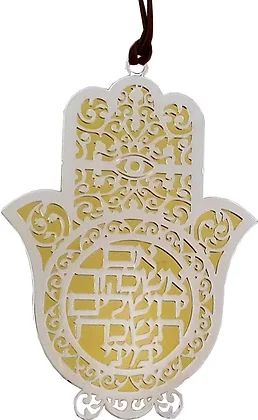


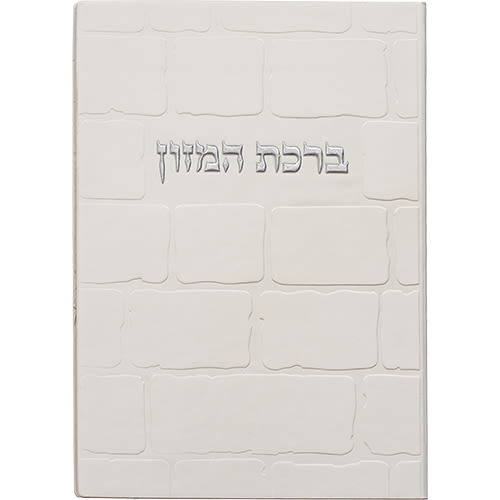


Tell us what you think!
Thank you for your comment!
It will be published after approval by the Editor.